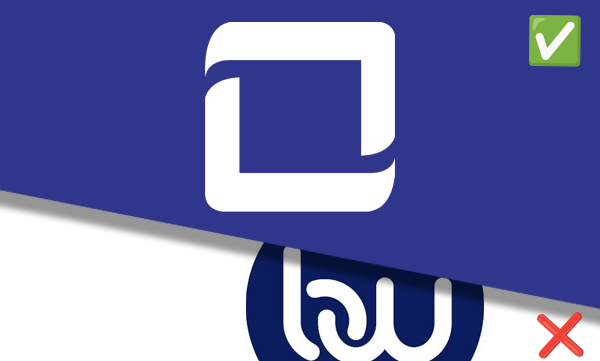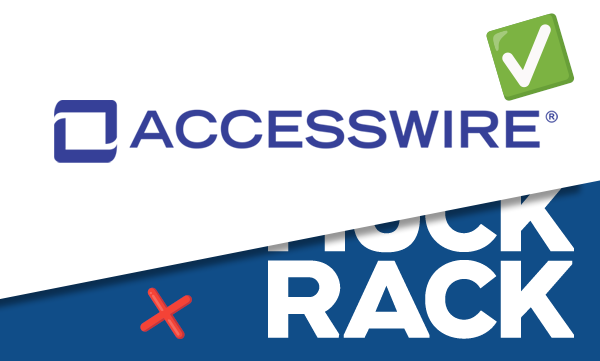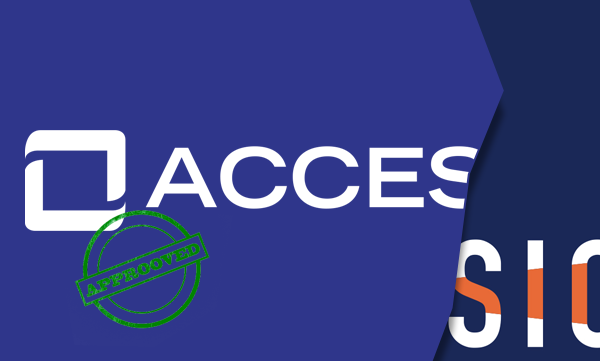Readability Score: What is it and Why Does it Matter?
Have you ever had to reread something and still didn’t understand what the writer was trying to say? At one point or another, we’ve all been there. In those instances, the piece of content you were reading had poor readability.
If you’re unfamiliar, readability is how easy it is for a person to read something. Format, word choice, spacing, and more all play a role in how easy or difficult a piece of content is to read.
In this blog post, we dig into the details of readability and cover:
- What’s a readability score?
- Readability score tests
- What’s the connection between press releases and readability?
- Tips to improve your readability score
What’s a readability score?
As mentioned before, readability defines how easy or difficult a piece of content is to read.
The readability score is the grading scale that determines the difficulty.
There are two ways to grade the readability of content – The Flesch Reading Ease test and the Flesch-Kincaid Grade Level test.
Let’s learn more.
What’s the Flesch Reading Ease Test?
The Flesch Reading Ease test is the most common way to test and grade readability. This test takes into account the average length of sentences measured by word count and the average number of syllables per word.
These two factors are then used to grade a piece of content using a number scale between zero and 100.
The closer to zero a piece of content is, the more difficult it is to read. The higher the number score, the easier it is to read.
Here's how the Flesch Reading Ease test scoring works:
90-100 - very easy to read, easily understood by an average 11-year-old student
80-90 - easy to read
70-80 - fairly easy to read
60-70 - easily understood by 13- to 15-year-old students
50-60 - fairly difficult to read
30-50 - difficult to read, best understood by college graduates00-30 - very difficult to read, best understood by university graduates
*Source: wikipedia.com
Rudolf Flesch created the formula for the Flesch Reading Ease test in the 1940s. His goal was to encourage clear writing to increase readership.
What’s the Flesch-Kincaid Grade Level test?
Rudolf Flesch and J. Peter Kincaid developed the Flesch-Kincaid Grade Level test.
Using the United States grade level of education, this test gives writers the estimated grade level needed to read their content.
Grade eight is the goal for content created for the general public.
Tools to measure readability
The formulas to calculate readability scores can be difficult to do manually. Lucky for us, there are tools that take the work out of this process.
Some of our favorite readability tools include:
What’s the connection between press releases and readability?
When you think of readability, the first thing that might pop into your mind is blog posts. And while that's true, the readability of press releases is also important.
Search engines, like Google, pay attention to certain factors including:
- How long a user stays on your page
- The format of your content
- The journey users take after reading your content
The results play a role in how search engines weigh the value of your content.
You want to create press release content that's easy to read and understand. By doing this, you'll increase your chances of people linking to your content.
And, the more links to your content, the better you'll rank for a specific SEO keyword.
So, how can you improve the readability of your press releases?
Let’s find out.
Tips to Improve Your Readability Score
The content of your press release should be simple, succinct, and powerful. When writing your next press release, follow the inverted pyramid and these tips to improve your readability score.
Use simple words
Big words can hurt your readability score.
The more syllables a word has, the harder it is to read.
Using simple vocabulary makes your content easier to understand and will boost your readability score.
Here are some sample swaps:
Abundance → plenty
Allocate → give
Approximately → about
Furthermore → also
Generate → make
Retain → keep
Utilize → use
Write short sentences
While editing your press release content, keep an eye out for long sentences. When you find one, shorten it or break it into multiple sentences.
This will help improve your readability score and create a level of authority your readers will feel when reading your content.
Remember, the shorter the sentence, the better.
Use industry jargon sparingly
Every industry has its unique terms and phrases. When writing a press release for your peers, using industry jargon can work. However, if your press release is meant for the general public, use simple words and phrases they can understand.
Focus on format
Formatting your press release in ways that make it easier for readers to skim is important.
As mentioned before, turn long sentences into shorter ones and break up your content with bulleted lists.
Including variety in your format will keep your readers' attention and create a flow that helps them read your content from start to finish.
To bring this topic to life, we decided to run the content of this blog post through the readability tools we shared.
Here’s how we scored:
Hemingway App - Grade 6 - Good
Readable - Grade 6.7 - Grade A
Grammarly - Score: 91 out of 100
Semrush - Grade 8 or 9 - 8.4 out of 10 readability score (not to brag, but Semrush said our readability score was PERFECT 😊)
Connect with Us
At ACCESSWIRE, we provide worldwide coverage, reasonable flat-rate costs, and excellent customer service.
With the help of our cutting-edge technology and network of journalists and media outlets, we make sure your story is seen by the right people.
When you work with us, you won't need to make any cuts to your text, images, or media when distributing a press release.
We’ve proudly earned various
G2 badges, such as "Easiest To Do Business With," "Best Relationship," and "Most Implementable” for our industry-leading press release distribution services.
Similar Blog Posts



PRODUCTS
ACCESSWIRE | All Rights Reserved


